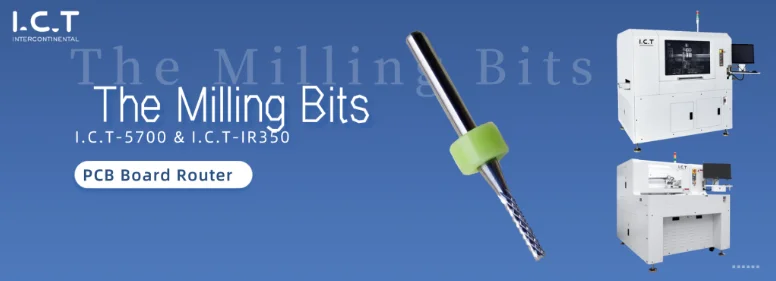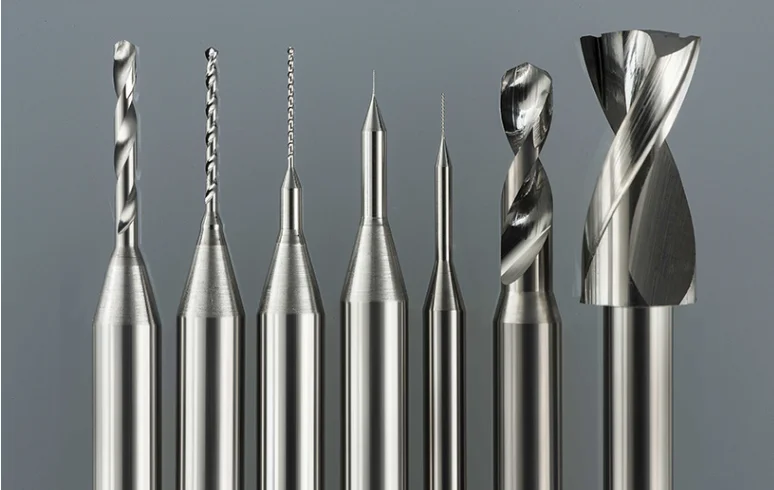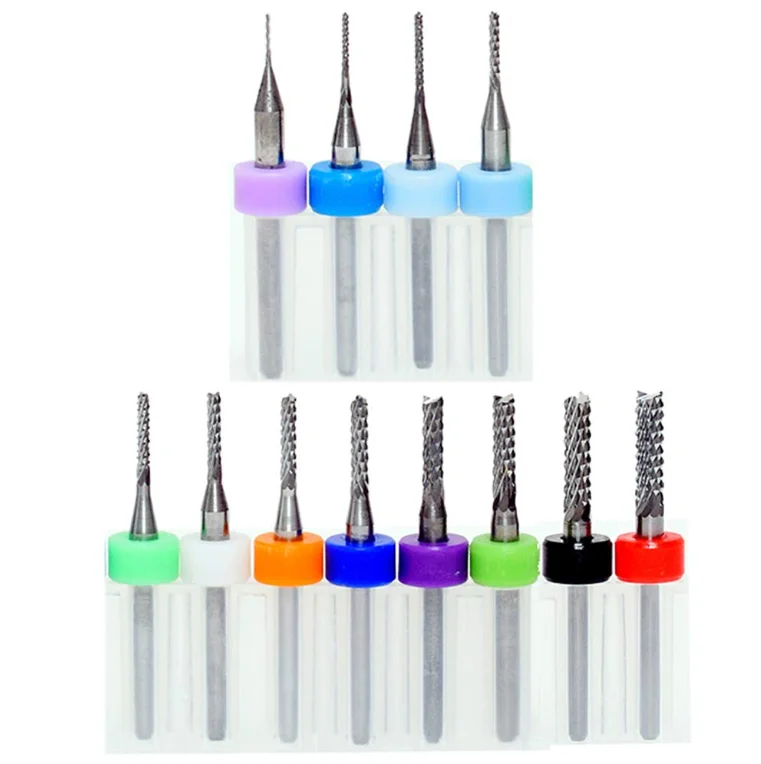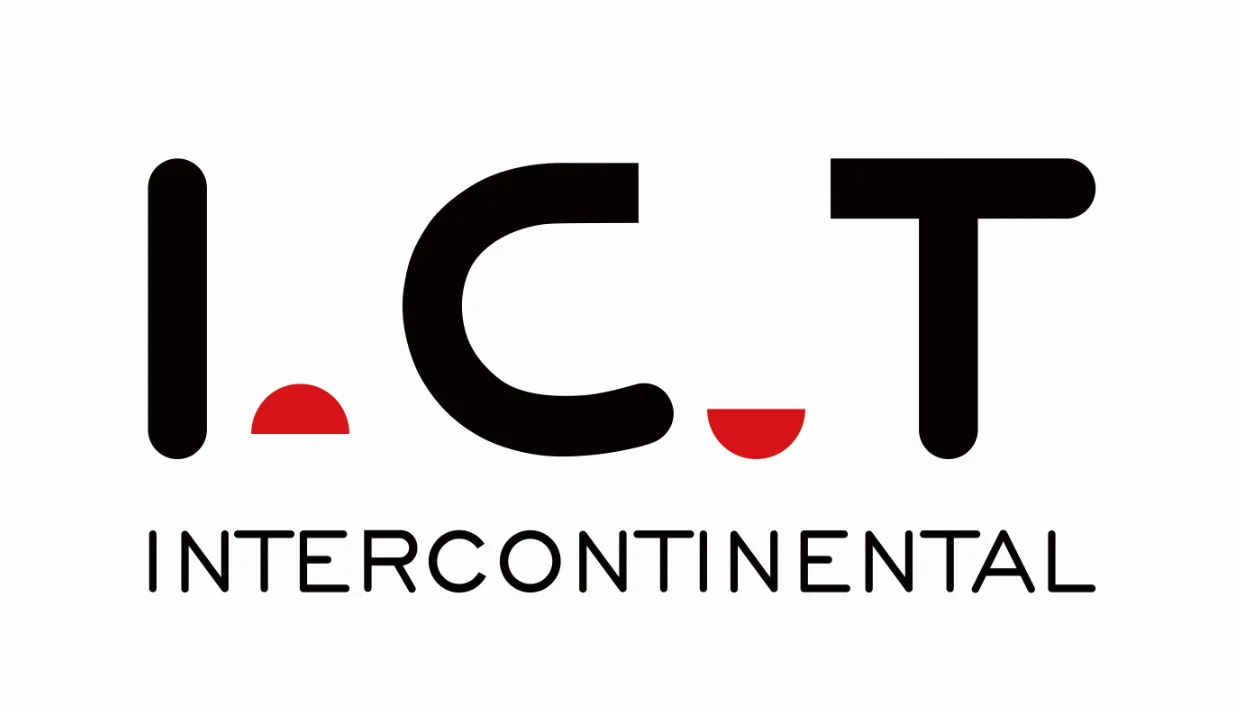Demystifying PCB Board Router Milling Bits
In the realm of PCB manufacturing, precision and efficiency are pivotal. The tools and equipment used in the process are instrumental in achieving these goals. A key player in this process is the PCB board router milling bit. In this guide, we'll explore the types of PCB board router milling bits, their dimensions, and the importance of rotation direction in specific PCB cutting machines.

Types of PCB Board Router Milling Bits
PCB board router milling bits come in a variety of types, each tailored for specific applications and offering unique features:

Single-Flute Router Bits
Single-flute router bits, with one cutting edge, excel in softer PCB materials, known for high precision in intricate designs.
Double-Flute Router Bits
These bits, with two cutting edges, provide better chip evacuation, offering versatility across various PCB materials.
Diamond Router Bits
Designed for cutting hard and abrasive materials, diamond router bits offer exceptional durability and extended tool life.
Upcut and Downcut Router Bits
Distinguished by their cutting direction, upcut bits lift chips upward, while downcut bits push them down, catering to different chip evacuation directions and materials.
Compression Router Bits
Combining upcut and downcut flutes, compression bits ensure clean cuts on both the top and bottom layers, reducing delamination.
Dimensions and Parameters

Choosing the right dimensions for your PCB board router milling bit is crucial for precise and efficient cuts. Key parameters include:
- Diameter, affecting cut width.
- Cutting Length, matching the thickness of the PCB.
- Shank Diameter, compatible with your router machine’s collet size.
- Flute Length, impacting the ability to cut through thicker materials.
- Helix Angle, ideal for soft or hard materials, influencing chip evacuation and cut finish.
Clockwise and Counterclockwise Rotation
The rotation direction of PCB board router milling bits holds significant importance. They can rotate clockwise (right-hand) or counterclockwise (left-hand), depending on the PCB cutting machine. For instance, our I.C.T-5700 and I.C.T-350 PCB cutters are designed for clockwise rotation. The choice depends on the dust collection system placement:
- I.C.T-5700 PCB Routing Machine, with a bottom-mounted dust collection system, benefits from left-hand rotation for effective downward dust collection.
- I.C.T-350 PCB Router, featuring a top-mounted system, optimizes dust removal with right-hand rotation, directing dust upward for efficient collection.
Selecting the right PCB board router milling bits is essential for precision and efficiency in your PCB manufacturing process. Whether you work with I.C.T-5700 or I.C.T-350, understanding rotation direction and choosing the appropriate bits can significantly impact your results. Contact us today to explore our high-quality PCB router bits and optimize your PCB manufacturing process – your success is our priority.










